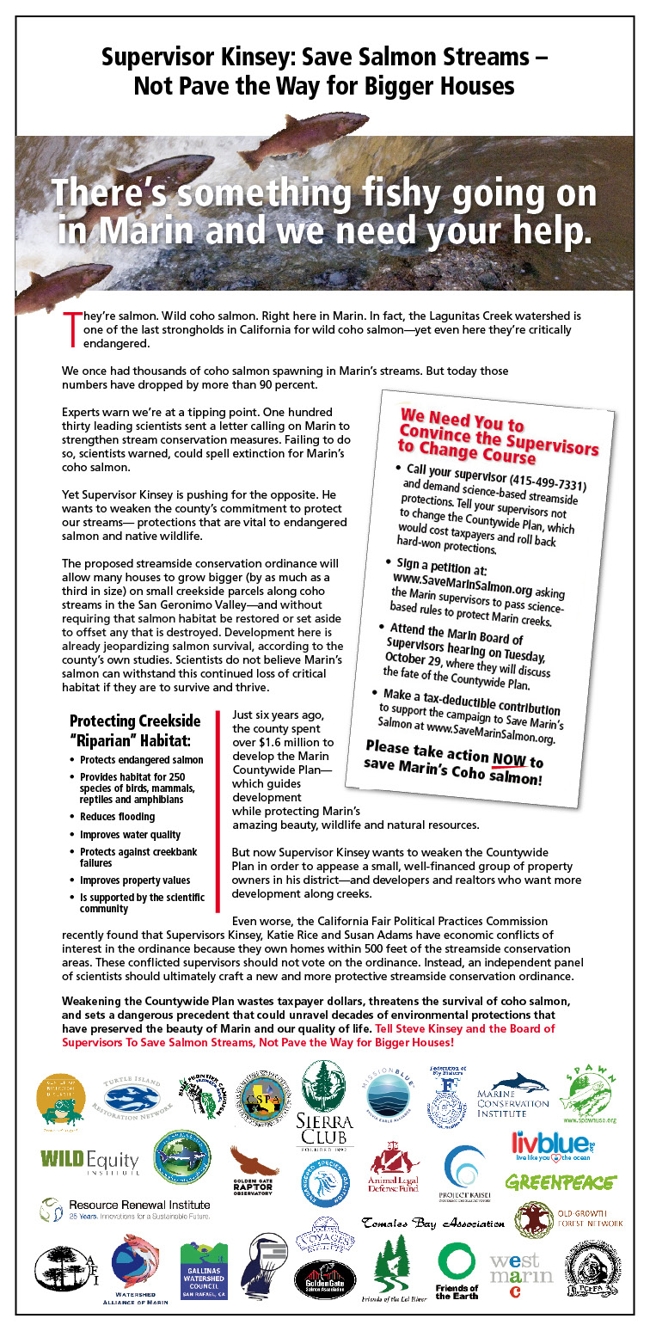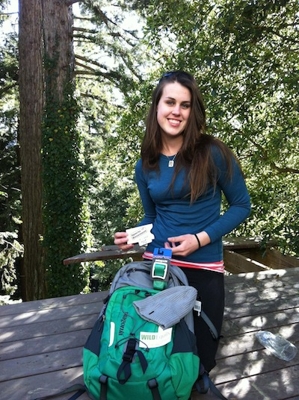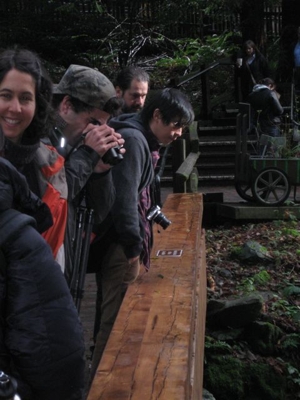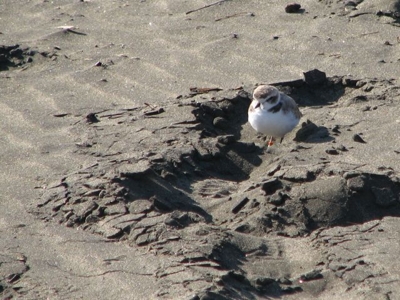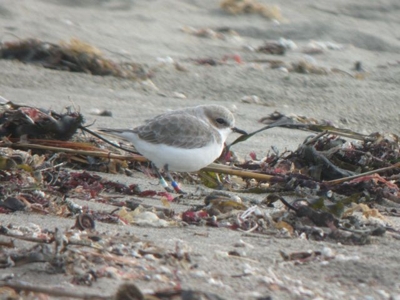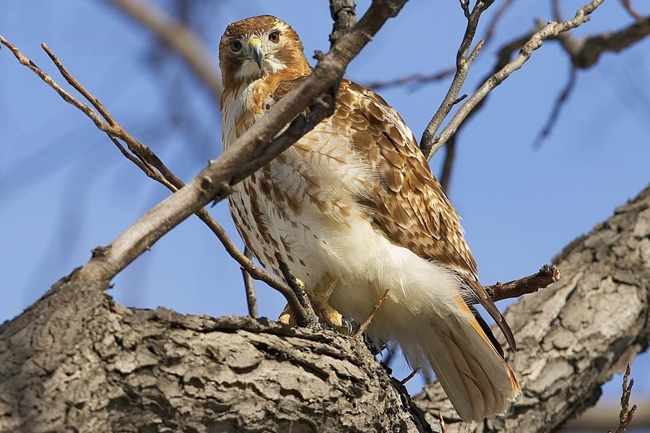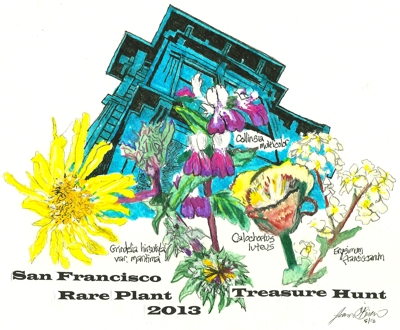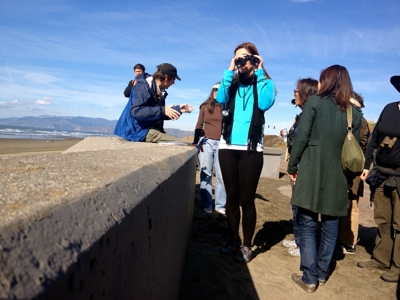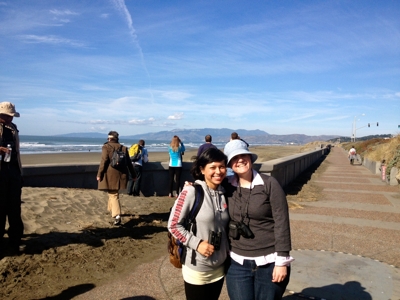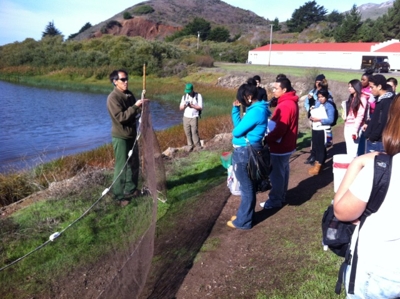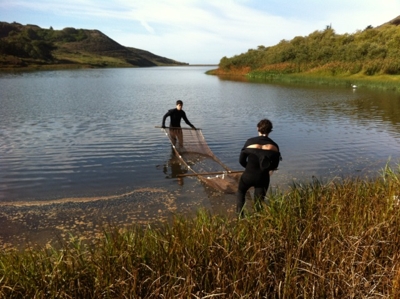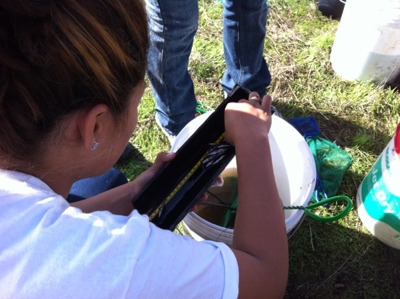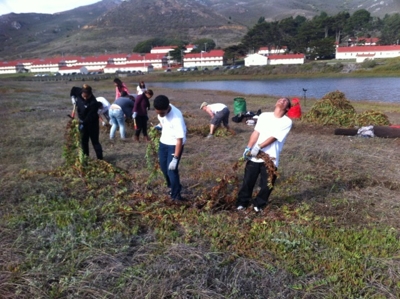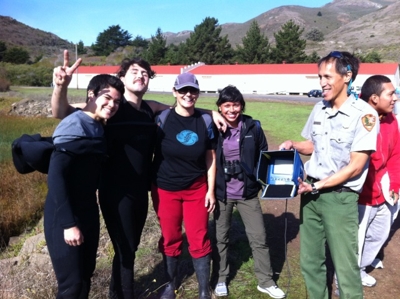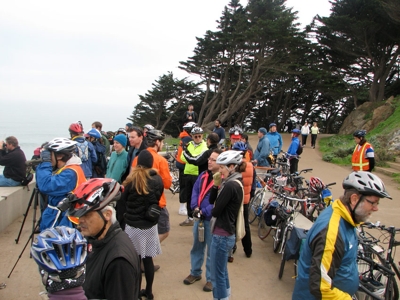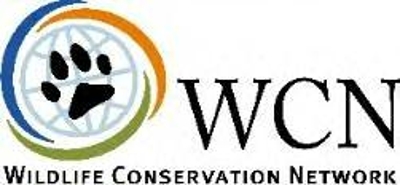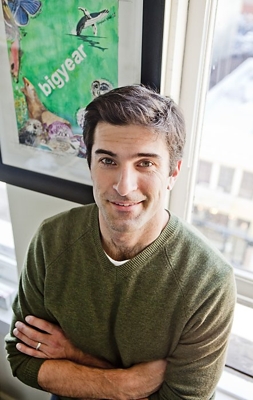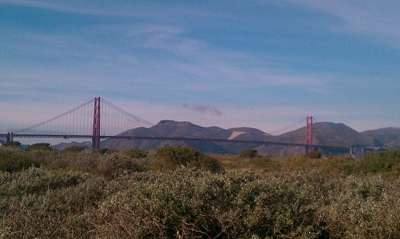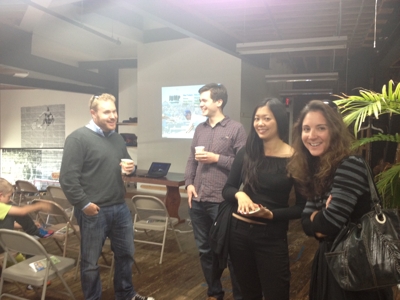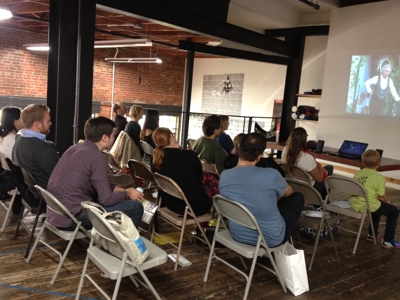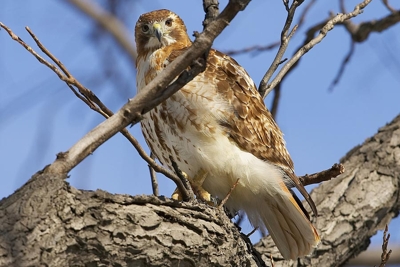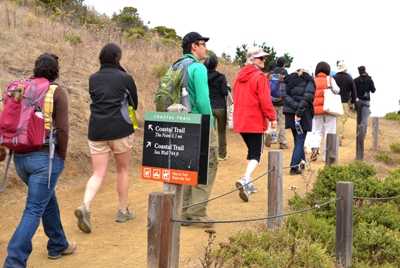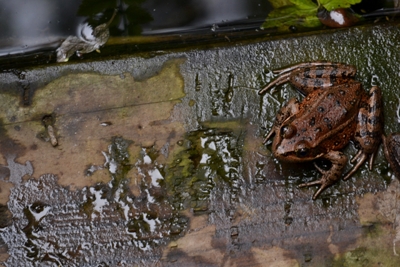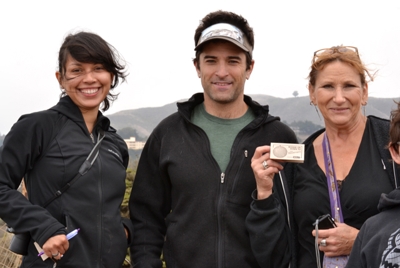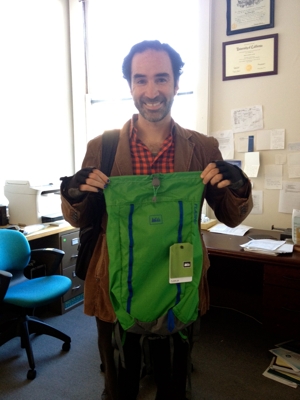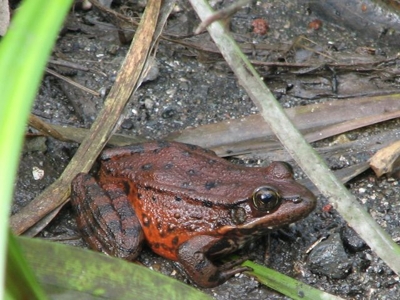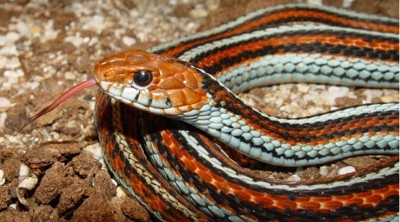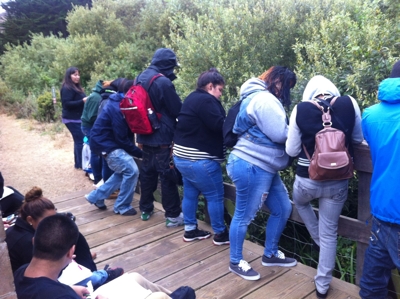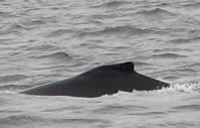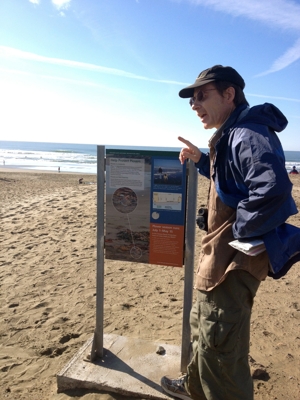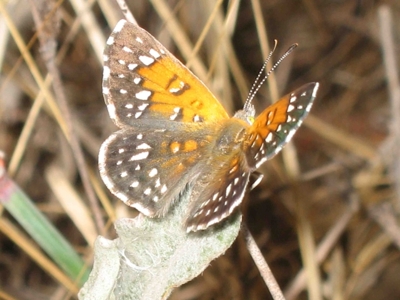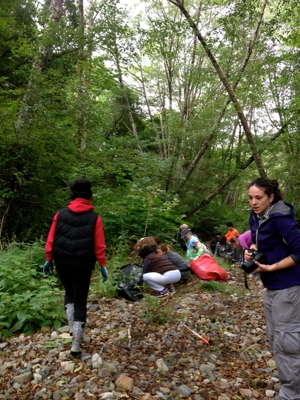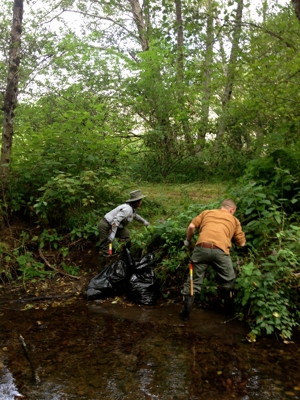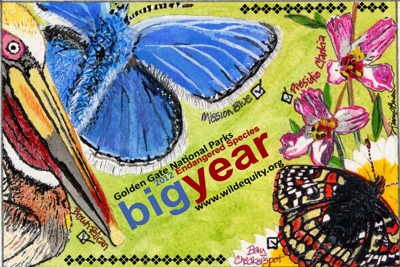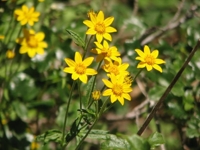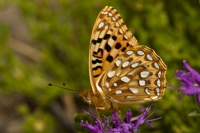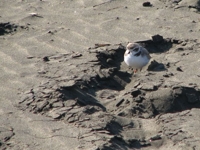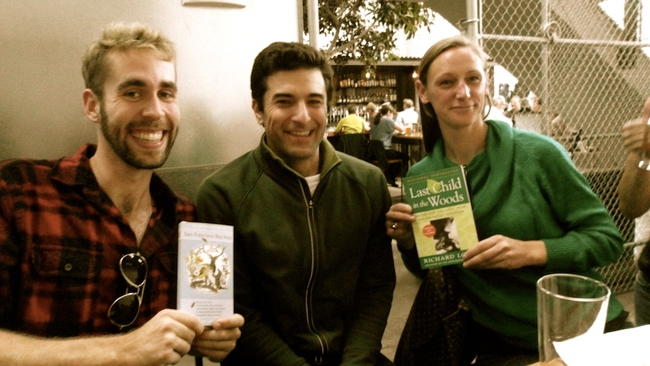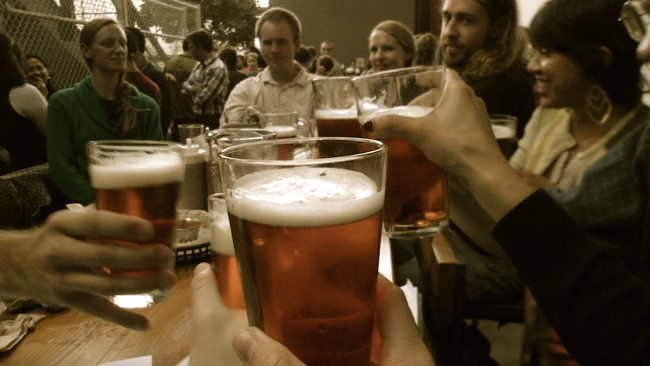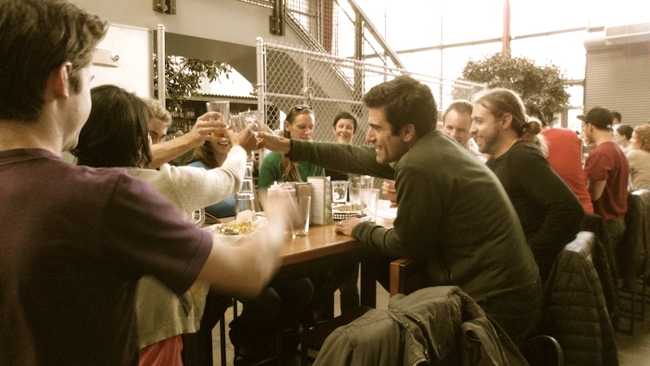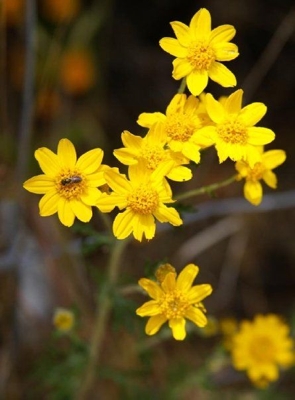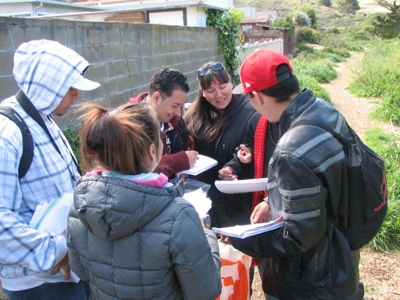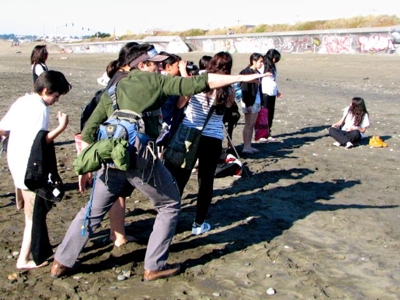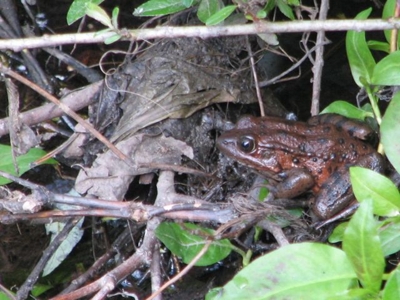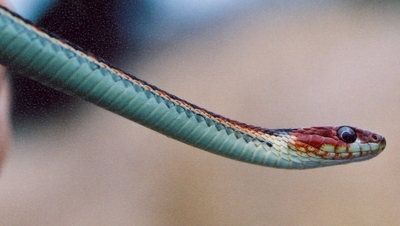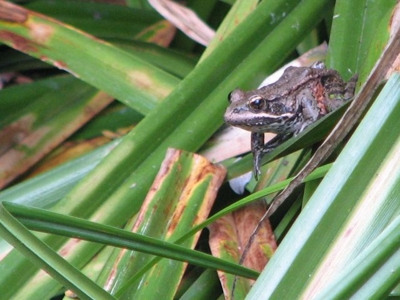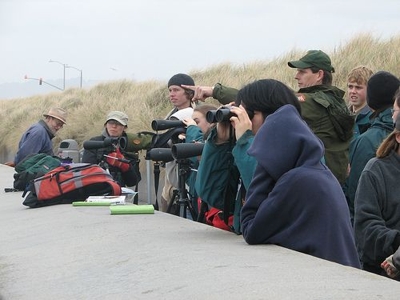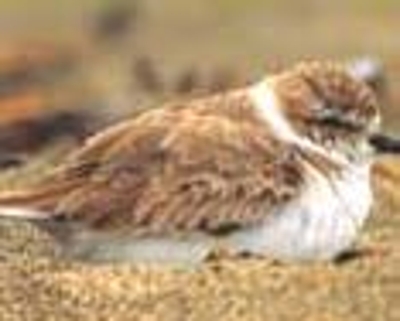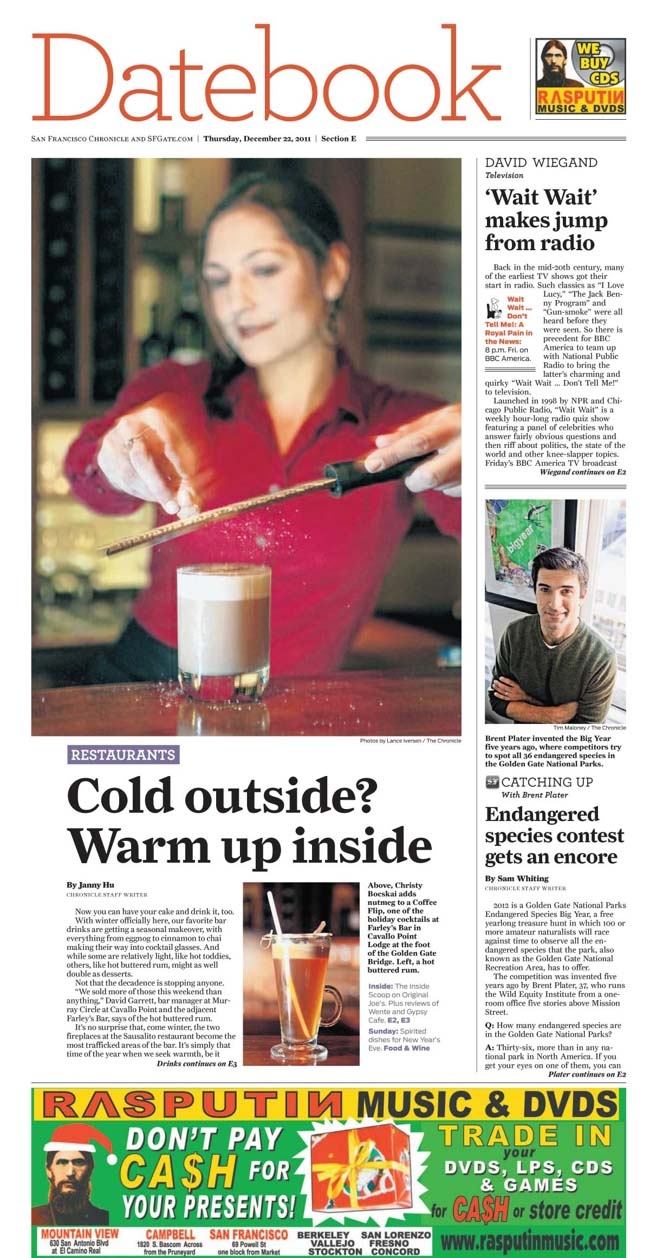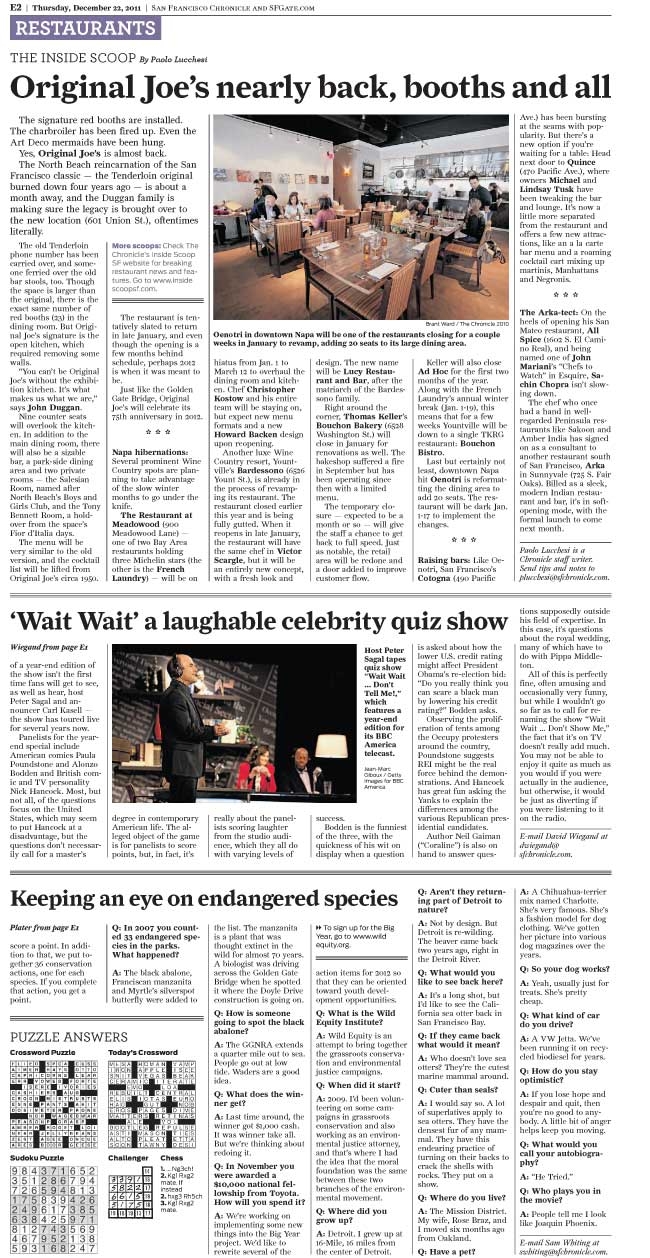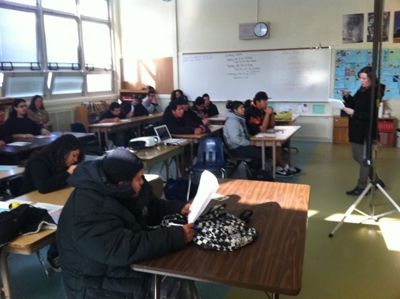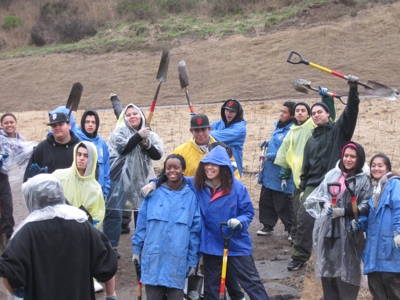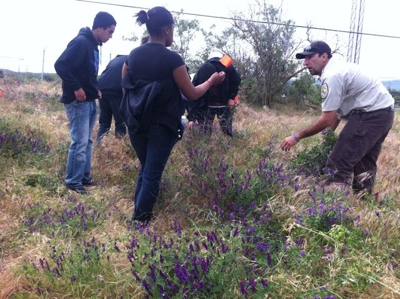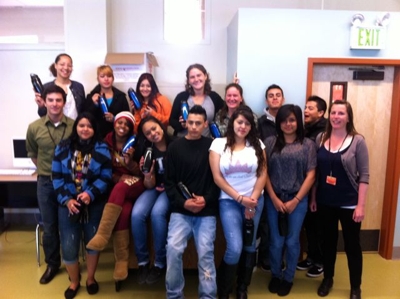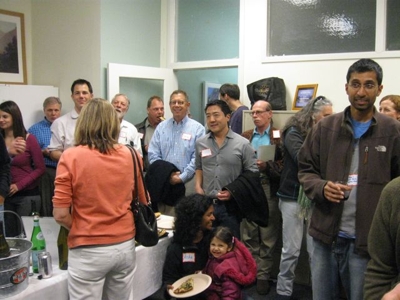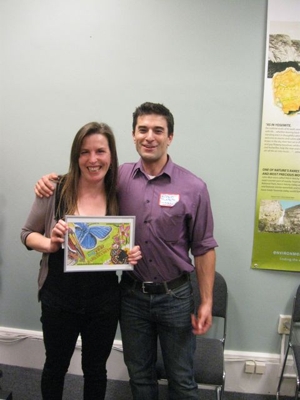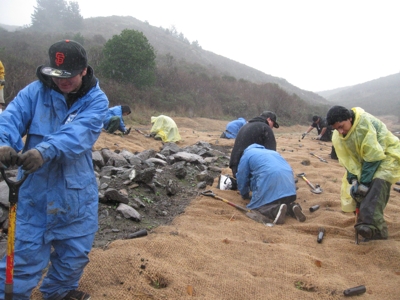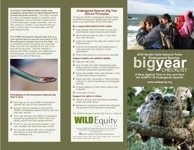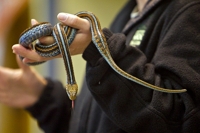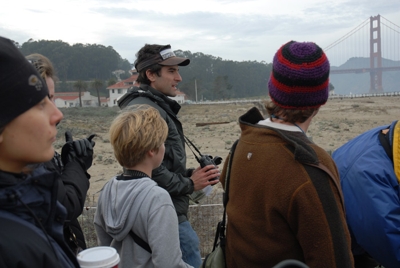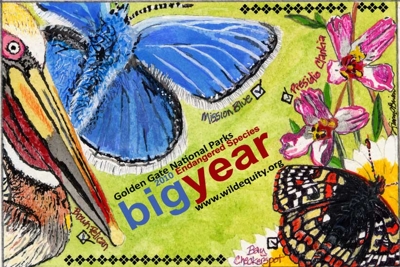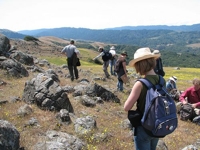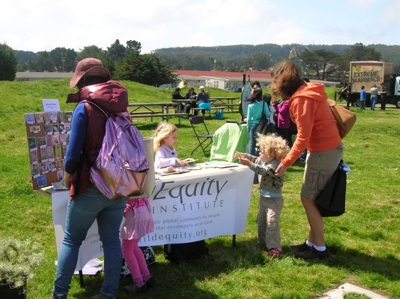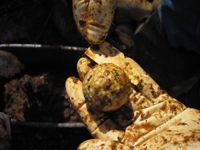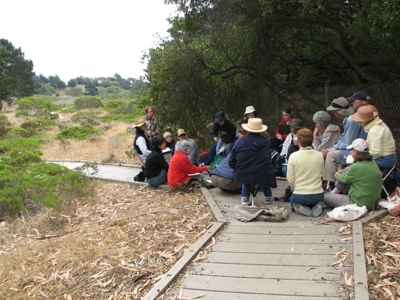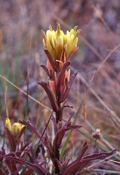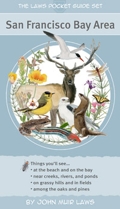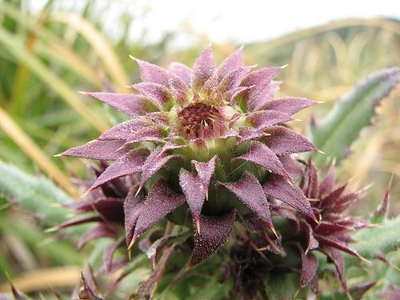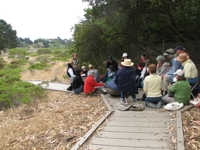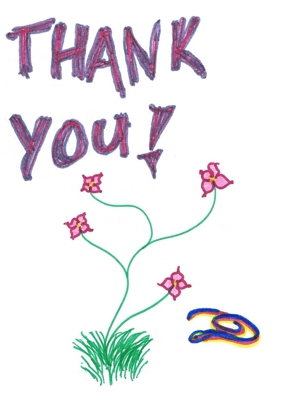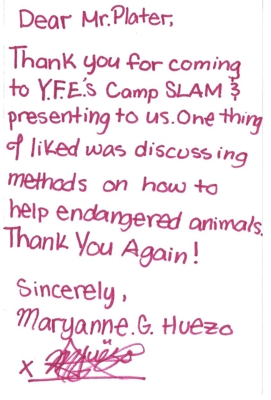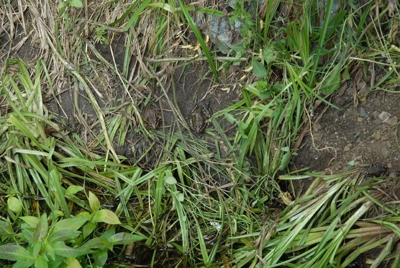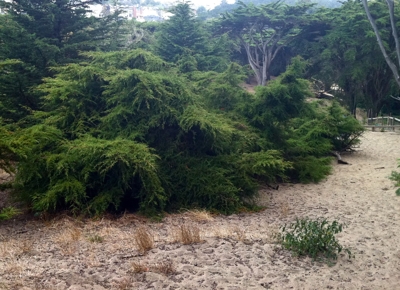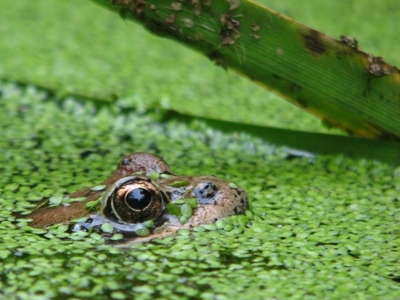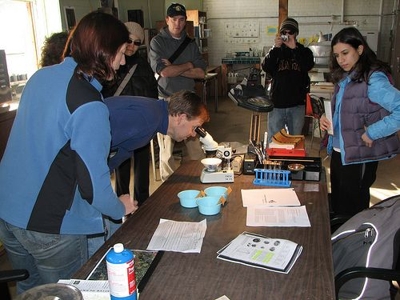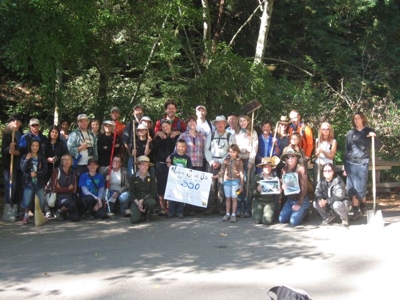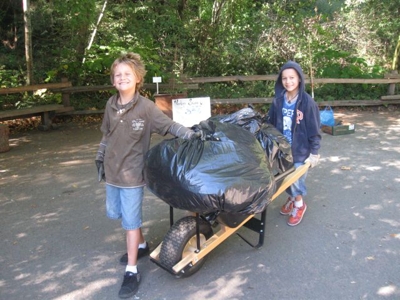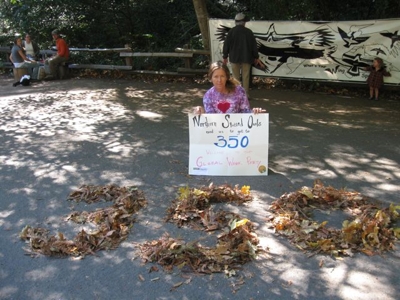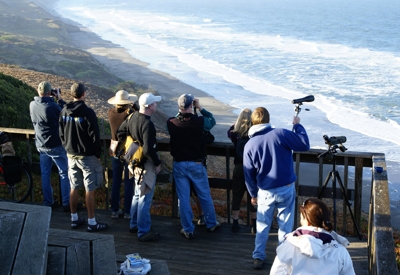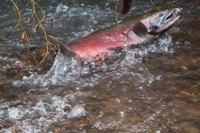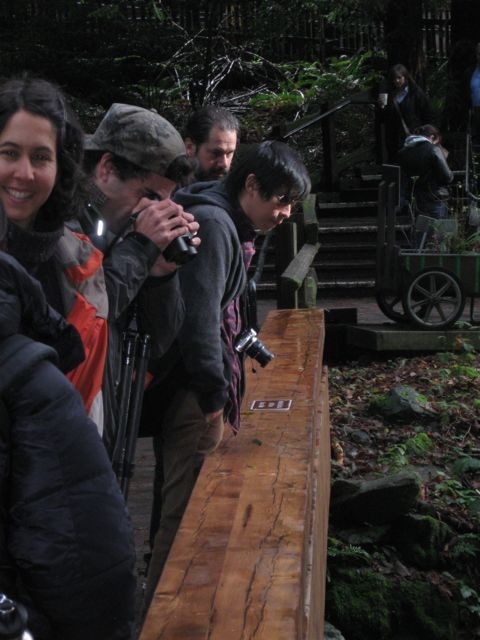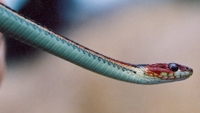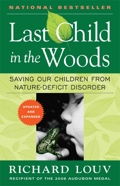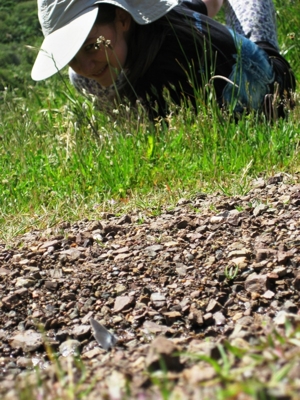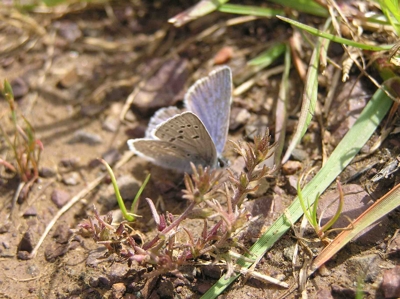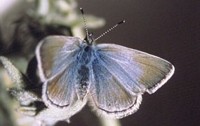
Contact:
Elizabeth Sorrell (212) 979-3185
Kaberi Kar Gupta (559) 357-3157
Mira Manickam (609) 356-3908
Brent Plater (415) 572-6989
John C. Robinson (707) 688-2848
Ian Signer (917) 843-2759
New York, NY, November 16, 2011 – Five California residents are the recipients of a national fellowship that will enable them to help build on conservation work in the state.
Supported by a conservation alliance between Audubon and Toyota, the TogetherGreen Fellowship offers specialized training in conservation planning and execution, the chance to work and share best practices with gifted conservation professionals, and assistance with project outreach and evaluation. Each Fellow receives $10,000 towards a community-focused project to engage local residents in conserving land, water and energy, and contributing to greater environmental health.
Five of this year’s 40 TogetherGreen fellows include:
- Brent Plater, Executive Director, Wild Equity Institute
With the help of his TogetherGreen Fellowship, Plater will expand upon the Golden Gate National Parks’ Endangered Species Big Year, a program he founded in 2008 that created a race against time to see and help save each of the 36 endangered and threatened species found within the Parks. This year’s Big Year will teach valuable job and naturalist skills to participants in a group setting, with a focus on underserved youth, a group he is passionate about reaching and with whom he has already seen success in the program.
- Kaberi Kar Gupta, Board Member Fresno Audubon
With her TogetherGreen Fellowship, Kaberi Kar Gupta will lead the Fresno Audubon Community Greenscape Program, a collaborative, volunteer-driven, residential landscape transformation process. Building on efforts already in place in Fresno, Kar Gupta will reach out to underrepresented homeowners as well as the urban upper socioeconomic class homeowners, landscape architects, nonprofit organizations, institutional policy makers and other community members to engage them in comprehensive water wise yard landscape management through focus groups, informational workshops and residential greenscaping transformation workday events. Kar Gupta’s goal with the Community Greenscape Program is to build a dynamic and active coalition of local government, low income housing developers, community organizations, educational institutions, and environmental groups helping to create a more sustainable environment. Through this program, she will help homeowners install water conserving native plants in their yards, providing enhanced biodiversity and new habitat for birds.
- Mira Manickam, Field Science Educator, Headlands Institute
As a TogetherGreen Fellow, Manickam will launch a program called “Green Team” targeted at-risk youth Oakland who have faced homelessness, addiction, incarceration, unstable homes, or who have few job prospects. In partnership with United Roots, the program will focus on job-skill training and planting projects in the community. Green Team will draw upon the Roots of Success Curriculum developed by the Environmental Literacy Curriculum Project to engage disenfranchised communities in the green economy. Training will also draw upon United Roots strengths in media production, and include workshops with other participants in the center to document through music and video the work of the Green Team. The program will host a yearly community planting celebration showcasing the Green Team’s planting work and media produced at the center around it.
- John C. Robinson, President, On My Mountain
Robinson will be utilizing his TogetherGreen Fellowship to continue his quest to share his knowledge and love of nature and birds with inner city youth. Robinson will create an environmental “Starter Kit” that will include, among other items, his book, Birding For Everyone. He will work closely with Audubon Centers and leverage connections with other conservation organizations and agencies to expand awareness and effectiveness of this program. Partners in Flight, which has a proven track record in engaging students in conservation projects, will be a key collaborator in supplying projects, educational materials, and conservation plans for youths to implement. This network, in combination with Robinson’s exposure in the media, could potentially broadcast his environmental message to several million homes.
- Ian Signer, Associate Education Director, California Institute for Biodiversity
For his Fellowship Project, Signer will work in his home state, connecting an underserved community to the conservation of habitat for the Lange’s metalmark, a local butterfly on the brink of extinction. He’ll be working close to where he grew up, in Eastern Contra Costa County (East County), an economically depressed region founded on coal mining in the late 1800s. Industries such as PG&E and DOW Chemical continue to be important, where they employ much of the diverse local population. Signer will host an ecology institute in collaboration with the East Bay Regional Park District, Delta Science Center, and California State Parks, focusing on empowering educators to contribute to local conservation through hands-on investigations and citizen science. He’ll focus on providing tools, training, mentorship, and formative evaluation that will help translate sometimes abstract conservation concepts into concrete community action.
“This Fellowship funding will provide Oakland teens with a fresh approach to nature, creating an empowering and enriching experience and a long-lasting, culturally relevant point of reference for years to come.” said Manickam.
“The TogetherGreen fellowship is a perfect match for the Wild Equity Institute’s mission: to unite conservation and justice movements into a powerful force that builds a healthy and sustainable global community for all,” said Brent Plater, Executive Director of the Wild Equity Institute. “The grant will help us connect urban youth to the Golden Gate National Recreation Area’s environmental justice creation story and the biological richness of these lands.”
“California is a clear powerhouse of passionate individuals who want to make a difference in the health of our environment,” said Audubon President David Yarnold. “These Fellows have the passion and the skills to inspire others, exactly the kind of people the environmental community needs to tackle the huge challenges and opportunities confronting us.”
Fellowship recipients were chosen from a large pool of highly qualified individuals. All were required to have at least six years of experience in conservation, environmental education, policy, or related issues; a demonstrated passion for conservation and a proven track record of reaching previously underserved audiences. Applicants also need to express a desire to learn and grow. An advisory committee composed of conservation professionals and experts in environmental education, communications, outreach, and conservation planning made selections.
A complete list of the 2011 TogetherGreen Fellows can be found at www.TogetherGreen.org/fellows.
###
About TogetherGreen
Audubon and Toyota launched the five-year TogetherGreen initiative in 2008 to build the promise of a greener, healthier future through innovation, leadership and volunteerism. For more information, visit www.togethergreen.org.
About Audubon
Now in its second century, Audubon connects people with birds, nature and the environment that supports us all. Our national network of community-based nature centers, chapters, scientific, education, and advocacy programs engages millions of people from all walks of life in conservation action to protect and restore the natural world. Visit Audubon online at www.audubon.org.
About Toyota
Toyota (NYSE: TM) established operations in the United States in 1957 and currently operates 10 manufacturing plants, including one under construction. Toyota directly employs nearly 30,000 people in the U.S. and its investment here is currently valued at more than $18 billion, including sales and manufacturing operations, research and development, financial services and design.
Toyota is committed to being a good corporate citizen in the communities where it does business and believes in supporting programs with long-term sustainable results. Toyota supports numerous organizations across the country, focusing on education, the environment and safety. Since 1991, Toyota has contributed over half a billion dollars to philanthropic programs in the U.S. For more information on Toyota’s commitment to improving communities nationwide, visit http://www.toyota.com/community.
